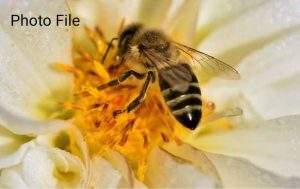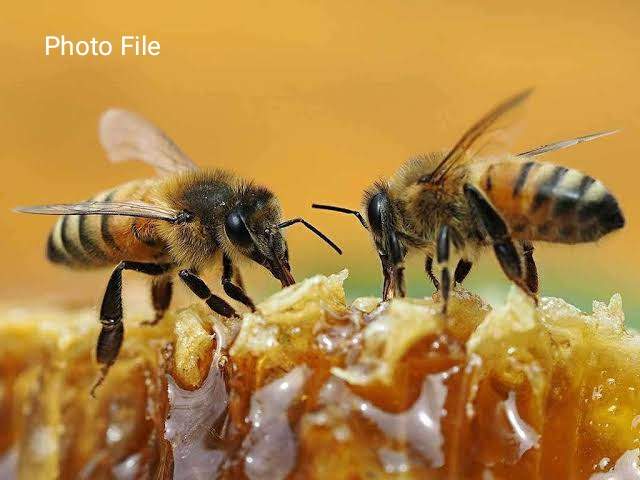
Overview:
Bees are flying insects known for their role in pollination and producing honey. There are over 20,000 species of bees found all over the world, with the most well-known being the honeybee. Bees are categorized as part of the superfamily Apoidea, which also includes wasps and ants.
Physical Characteristics:
Bees are typically small in size, ranging from a few millimeters to a few centimeters in length. They have three main body parts – the head, thorax, and abdomen. Bees have two pairs of wings and six legs, which are adapted for various functions such as collecting pollen and nectar. Their bodies are covered in fine hairs that help them collect pollen as they move from flower to flower.
Social Structure:
Most species of bees are social insects, living together in colonies that consist of a queen bee, male drones, and female worker bees. The queen is responsible for laying eggs, while the workers take care of the young, gather food, and defend the hive. Drones’ primary role is to mate with the queen. Honeybees, in particular, are known for their complex social structures and elaborate forms of communication, such as the famous waggle dance that conveys information about food sources to other bees.

Pollination:
Bees are crucial pollinators, playing a vital role in the reproduction of flowering plants. As bees collect nectar for food, they inadvertently transfer pollen grains from one flower to another, allowing plants to produce fruits and seeds. This process is essential for the maintenance of ecosystems and the production of many agricultural crops. Without bees, many plant species would struggle to reproduce and survive.
Honey Production:
One of the most well-known products of bees is honey. Bees produce honey by collecting nectar from flowers, which they then store in their hives and process into honey through a series of regurgitations and evaporation. Honey serves as a food source for bees, providing them with essential nutrients and energy. Humans have been harvesting honey from bees for thousands of years, using it as a sweetener and for its various health benefits.
Threats to Bees:
Despite their crucial role in the ecosystem, bees face numerous threats that endanger their populations. Pesticides, habitat loss, climate change, pollution, and diseases are some of the major factors contributing to the decline in bee populations worldwide. It is essential to address these threats and take action to protect bees and ensure their continued survival.
In conclusion, bees are remarkable creatures that play a vital role in our environment. Their importance in pollination, honey production, and ecosystem maintenance cannot be overstated. By understanding and appreciating bees, we can work towards conserving them and safeguarding their future.

Tejal Pohekar
Conservation Officer,
TRACT






